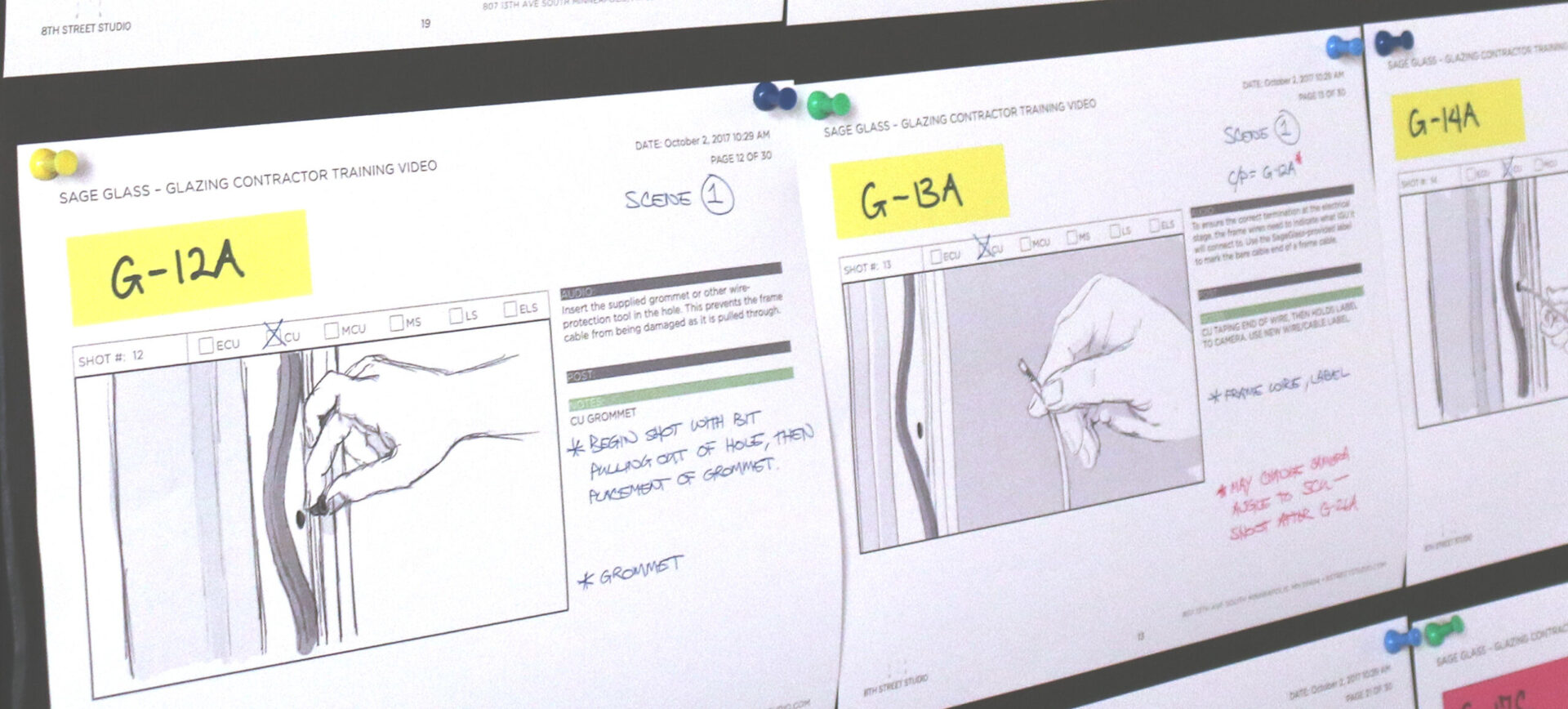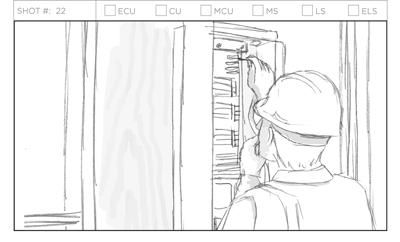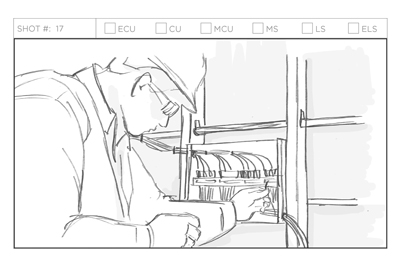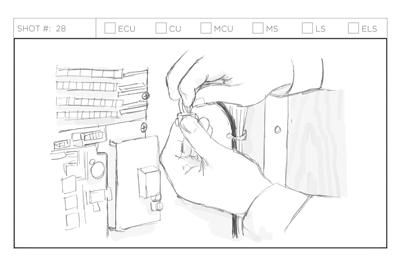
Storyboarding Sells Ideas
Storyboards Can Help Ideas Come To Life: A Studio Eight Case Study

The ideas are pouring in. You’re jotting them down as quickly as you can. Breathless, you scan your notes. Now what? How do you quickly communicate your ideas, create a stellar project, and save the day?
With today’s visual-centric culture, it’s not enough to just write down your ideas —you need to be able to visualize your content and walk others through the story you’re trying to tell.
Did you know nearly 60 percent of marketers see the future of creative ideas being presented in a visual realm.1Better yet, did you know that 65 percent of people are visual learners? This means more than half will understand your ideas by simply looking at them.
What’s an easy way to visually win over your colleagues and clients? Create a storyboard! Everyone from Hollywood directors to bestselling authors uses storyboards to help communicate and organize ideas.
Okay, but what is a storyboard? Basically, a storyboard is a series of sketches that represent the shots (frames) in a scene. E ach frame is arranged to show your audience how your ideas will look.
ach frame is arranged to show your audience how your ideas will look.
Anyone can create a storyboard. Remember, the goal isn’t to be a world-class artist; rather, the storyboarding process is a way to help you share your ideas.
TEST OUT YOUR IDEAS
By building a series of storyboards, you can test a creative concept before you actually start production. Fixing preproduction logistics issues early on will save you time, effort, and money. For example, what if your idea calls for an aerial shot but there’s no logical way to take a camera up in the air? Well, then you can scrap that idea without spending any more time stewing on a concept that won’t work.
STORYBOARDING FOR SAGEGLASS
At Studio Eight, our photographer and videographer, Robert Olding, uses storyboards to present his ideas to our creative team and clients. During a recent project for SageGlass, Robert’s storyboards efficiently and effectively portrayed his visions for each video. That way, we were able to get the go-ahead to build the set, hire actors, and so forth. And by the time we began filming, there were few surprises. When an issue did arise with the SageGlass videos—such as how to create new versions in different languages—our Studio Eight team simply modified the existing storyboards. This way, our storyboards provided the video editor with instructions in English, along with the visuals, to determine which foreign-language narration should accompany each shot.
 A TIP OR TWO OR THREE
A TIP OR TWO OR THREE
- When you sit down to create a storyboard, think of your favorite movie: as the plot thickens, you’re at the edge of your seat, excited to see what’s coming next. In the same way, your storyboard’s frames should be ordered in a logical, engaging sequence.
- Simple stick figures and line drawings can get a point across effectively. Why else would people put the stick family stickers all over the back of their minivan?
- A storyboard can be more than just the visuals. Add cues such as music, dialogues, and movement.
Storyboarding is a visual tool that helps our team, and we can use this tactic to help your team, too! If you have any questions about storyboarding, or if you want our help visually telling your story, give us a shout.
1. https://ieg.wnet.org/2017/03/visual-content-social-media-2017-trends-research/